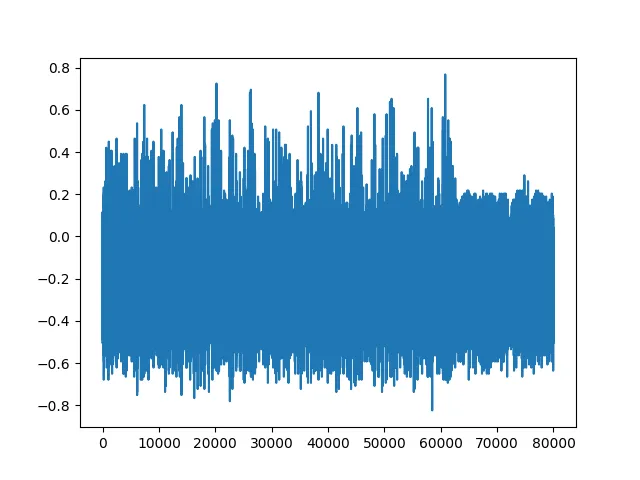Converting the TinyAES Dataset into Sedpack
The TinyAES dataset is a dataset of power-measurements of a textbook AES (Wikipedia) implementation. It was introduced for the DefCon 27 demo: A Hacker Guide To Deep Learning Based Side Channel Attacks. In this tutorial we show how to convert the original data into the sedpack format.
Original Dataset
Section titled “Original Dataset”The dataset was captured from STM32F4 chips using the ChipWhisperer CW308 UFO board. The capture was asynchronous meaning that the oscilloscope clock signal and the target chip clock signal were not synchronized (oscilloscope was oversampling to cope with this fact). The oscilloscope used was PicoScope® 6404D.
One can download all zipped files either by clicking the following link datasets.zip (8.2GB) or:
wget https://storage.googleapis.com/scaaml-public/scaaml_intro/datasets.zipsha256sum datasets.zip # 4bf2c6defb79b40b30f01f488e83762396b56daad14a694f64916be2b665b2f8unzip datasets.zipThe original files were saved in the NumPy format. Each file having a constant key and balanced plaintexts (see SCAAML Attack Point Iterators for explanation). This is completely fine other than:
- There is no standard format — if somebody wants to experiment with this dataset they have to discover the data format and code custom data loaders. Not complicated but tedious.
- This approach does not scale well for huge datasets.
Conversion to Sedpack
Section titled “Conversion to Sedpack”The script
docs/tutorials/sca/tiny_aes.py
contains a function convert_to_sedpack which takes the directory with
original NumPy files and converts it to a sedpack dataset.
We save the following attributes:
trace1: float16, length 80_000key: uint8, length 16plaintext: uint8, length 16ciphertext: uint8, length 16sub_bytes_out: uint8, length 16sub_bytes_in: uint8, length 16
Some (most) of our scenarios will be dealing with profiled attacks. Where
during the profiling phase we know the secret (key) and during attack we try
to find it out. For convenience we also save the ciphertext (result of
encryption of the given plaintext by the key) and first round of AES S-BOX
inputs and outputs. These are for convenience and we could omit those. In a
profiled setting (one device where we train and another device where we attack,
these different phases are called the profiling phase and the attack phase)
ciphertext, sub_bytes_in, sub_bytes_out could be considered to be
redundant information. In the non-profiled setting (single device where we do
not know the key) we would have access only to plaintext and ciphertext.
Naturally if we wanted to save more attack points, e.g., last round of AES states, all inputs of the S-BOX, we could. Alternatively we can choose to compute those on the fly when / if we need them.
The limitation of the TinyAES dataset is that all data was collected on a
single device (both the original train and test splits). This is one of the
reasons why this dataset is suitable for demonstration purposes only when one
is considering profiled attacks. In a realistic scenario one would take train
and test on the profiling chip and holdout on a different physical device
(of the same type). We deal with the lack of the holdout split by splitting
the original test into test and holdout.
Iteration
Section titled “Iteration”Let us check the data we just converted.
from sedpack.io import Dataset
dataset = Dataset("tiny_aes_sedpack")for example in dataset.as_numpy_iterator(split="train", shuffle=0, repeat=False): print(example["key"])We should see groups of 256 examples with the exactly same key value. Same
holds for test and holdout splits.
And we plot a single trace just to be sure everything works as expected.
import matplotlib.pyplot as plt
# Plot a single trace.plt.plot(next(iter(dataset.as_numpy_iterator(split="train")))["trace1"])plt.savefig("tiny_aes_trace.png")